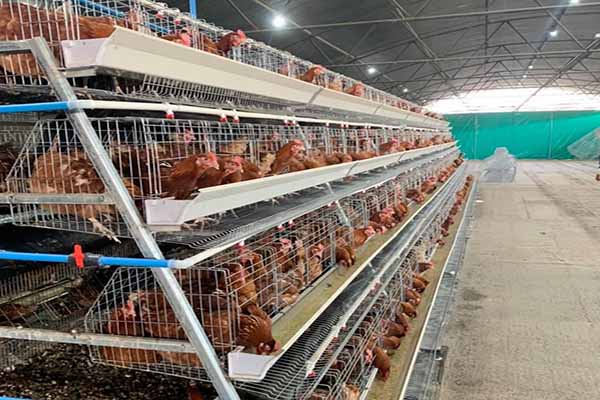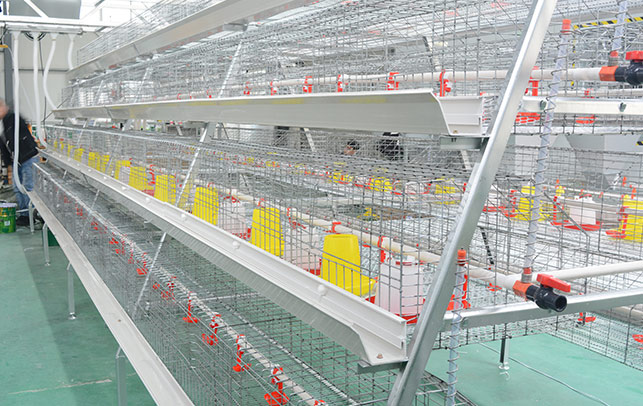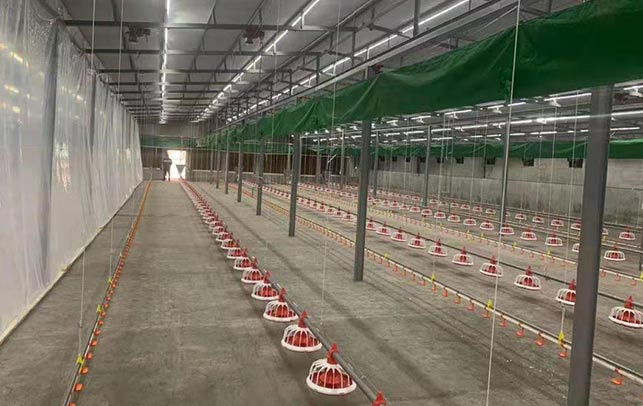Layers Chicken Farming in Kenya: Strategies for Success
Time : 2025-05-13
Hey there, fellow poultry enthusiasts! If you’re in Kenya and looking to dive into layers chicken farming, you’ve come to the right place. In this article, we’ll explore the layers chicken farming industry in Kenya, covering everything from the basics to advanced strategies. So, let’s get into it!
Understanding Layers Chicken Farming in Kenya
Layers chicken farming is all about breeding hens that lay eggs. It’s a lucrative business in Kenya, with a growing demand for eggs in both urban and rural areas. But before you jump in, let’s break down the key aspects of layers chicken farming in Kenya.
The Kenyan Market for Layers
The Kenyan market for layers is vast and diverse. From small-scale farmers to large commercial operations, there’s room for everyone. The demand for eggs is high, and with the right strategy, you can tap into this market successfully.
Choosing the Right Breed
The first step in layers chicken farming is selecting the right breed. In Kenya, some of the most popular breeds for egg production are:
- Lohmann Brown: Known for their high egg production and disease resistance.
- Hybrid Layers: Crossbreeds that combine the best traits of different parent breeds.
- ISA Brown: A high-yielding breed with excellent egg quality.
When choosing a breed, consider factors like egg production, growth rate, and disease resistance. It’s also important to buy from a reputable breeder to ensure you’re getting healthy, quality chicks.
Setting Up Your Farm
Once you’ve chosen your breed, it’s time to set up your farm. Here are some essential considerations:
Location
Choose a location that’s accessible, has a stable water supply, and is close to your target market. Also, consider the climate and how it might affect your chickens.
Facilities
Your farm should have well-ventilated coops with proper nesting boxes. Provide shade during hot weather and ensure the chickens have enough space to move around. Don’t forget about feeders and waterers that are easy to clean and maintain.
Feeding and Nutrition
Egg production requires a balanced diet. In Kenya, you can use a mix of commercial layer feed, local grains, and green forage. Ensure your chickens have access to clean water at all times.
Managing Your Layers
Effective management is crucial for the success of your layers chicken farm. Here are some tips:

Health and Vaccination
Regular health checks and vaccinations are essential to prevent diseases that can decimate your  flock. Work with a veterinarian to develop a vaccination schedule tailored to your specific needs.
flock. Work with a veterinarian to develop a vaccination schedule tailored to your specific needs.
Environmental Control
Monitor the temperature, humidity, and ventilation in your coops. Keep the chickens comfortable and healthy by adjusting these factors as needed.
Monitoring Egg Production
Keep track of your chickens’ egg production. This will help you identify any issues early on and make necessary adjustments to improve productivity.
Marketing Your Eggs
Once you’ve got a steady supply of eggs, it’s time to think about marketing. Here are some strategies to consider:
Direct Sales
Sell directly to consumers through farm gates, markets, or online platforms. This method allows you to maintain a good relationship with your customers and ensures you get fair prices for your eggs.

Wholesale
Supply eggs to local businesses, restaurants, and hotels. This can be a more profitable option, but it requires building strong relationships with buyers.
Branding
Develop a brand for your eggs to stand out in the market. Use packaging that reflects your brand’s values and quality.
Challenges and Solutions
Like any business, layers chicken farming in Kenya comes with its share of challenges. Here are some common issues and how to address them:
Disease Outbreaks
Prevent disease outbreaks by maintaining good hygiene, regular vaccination, and biosecurity measures.
Market Fluctuations
Stay informed about market trends and adjust your production and pricing strategies accordingly.
Feed Costs
Reduce feed costs by sourcing local feed ingredients and optimizing your feeding program.
Conclusion
Layers chicken farming in Kenya can be a profitable venture if done right. By choosing the right breed, setting up a well-managed farm, and implementing effective marketing strategies, you can succeed in this industry. Remember, patience and perseverance are key to long-term success.











